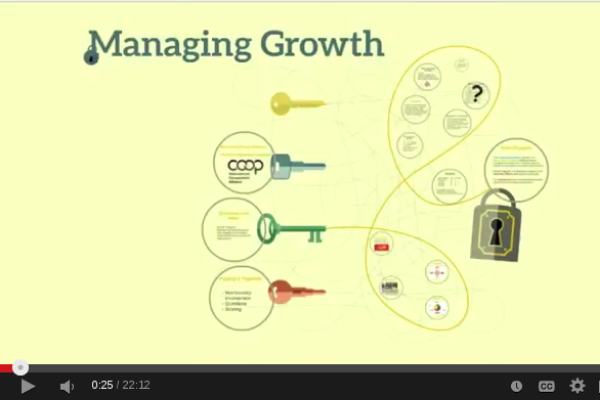
February 20, 2015
[Editor's note: In this video, recorded by the North American Students of Cooperation (NASCO), John McNamara of the Northwest Cooperative Development Center draws on his experience as a Cooperative Development Specialist and worker-owner at Union Cab in Madison, WI to present a number of useful insights for managing growth and maintaining cooperative culture and values at worker co-ops. More resources from NASCO are available at their Shared Resource Library.]
Watch more videos from NASCO on their Youtube channel
Go to the GEO front page
37 views

Add new comment